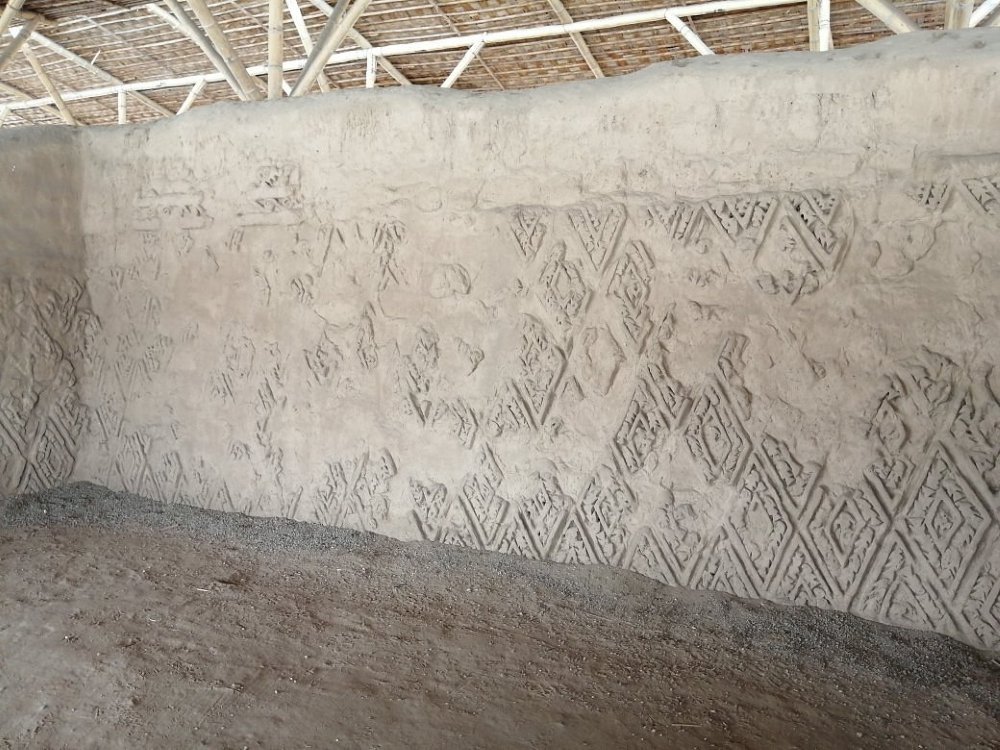Huaca La Esmeralda | La Libertad
Huaca La Esmeralda is located in the Chicama Valley, on the northern coast of Peru. This valley is located in the region of La Libertad, specifically near the city of Trujillo.
It is part of the extensive area where the Moche civilization flourished, known for its impressive adobe constructions and rich culture that thrived between the first and eighth centuries AD.
History of the Huaca La Esmeralda | La Libertad
Huaca La Esmeralda is an archaeological site that forms part of the Moche complex, a pre-Columbian civilization that thrived on the northern coast of Peru between 100 and 800 AD. This specific huaca is located in the Chicama Valley, in the La Libertad region near the city of Trujillo.
Huaca La Esmeralda is renowned as an important ceremonial and religious center for the Moche people. It consists of adobe pyramid structures used for conducting rituals and ceremonies associated with their religious beliefs and social activities.
Archaeological excavations at Huaca La Esmeralda have uncovered significant findings, including tombs with burials of high-ranking individuals, as well as ceramic artifacts, textiles, and jewelry that provide evidence of the Moche’s cultural and artistic sophistication.
One of the most remarkable features of Huaca La Esmeralda is its decorative murals found on some of its structures. These murals depict intricate scenes of daily life, as well as representations of deities, animals, and anthropomorphic figures that offer insights into the Moche worldview and religious practices.
In summary, Huaca La Esmeralda stands as a tangible testament to the cultural legacy of the Moche civilization, providing valuable information about their history, art, religion, and social organization.

What can we find in the huaca la Esmeralda?
At Huaca La Esmeralda, an archaeological site within the Moche complex in Peru, several historically and culturally significant elements can be found:
- Pyramidal Structures: The huaca consists of adobe pyramid constructions used as platforms for rituals and religious ceremonies.
- Decorative Murals: Archaeologists have uncovered decorative murals on some structures of the huaca. These murals depict intricate scenes of daily life, as well as representations of deities, animals, and anthropomorphic figures.
- Tombs and Burials: Graves containing burials of high-status individuals have been discovered, indicating that the huaca served an important role not only in religious practices but also in funerary rituals and possibly administration.
- Ceramic and Textile Artifacts: Various artifacts such as decorated ceramics, finely woven textiles, and objects made of metal and bone have been unearthed. These artifacts provide valuable insights into Moche craftsmanship and technology.
- Archaeological Remains: In addition to the main structures and artifacts, archaeological studies have revealed remains of food, tools, and other objects used in the daily life of Moche society.
Together, Huaca La Esmeralda provides a fascinating glimpse into the world of the Moche civilization, showcasing key aspects of their art, religion, social organization, and daily life from over a thousand years ago.














